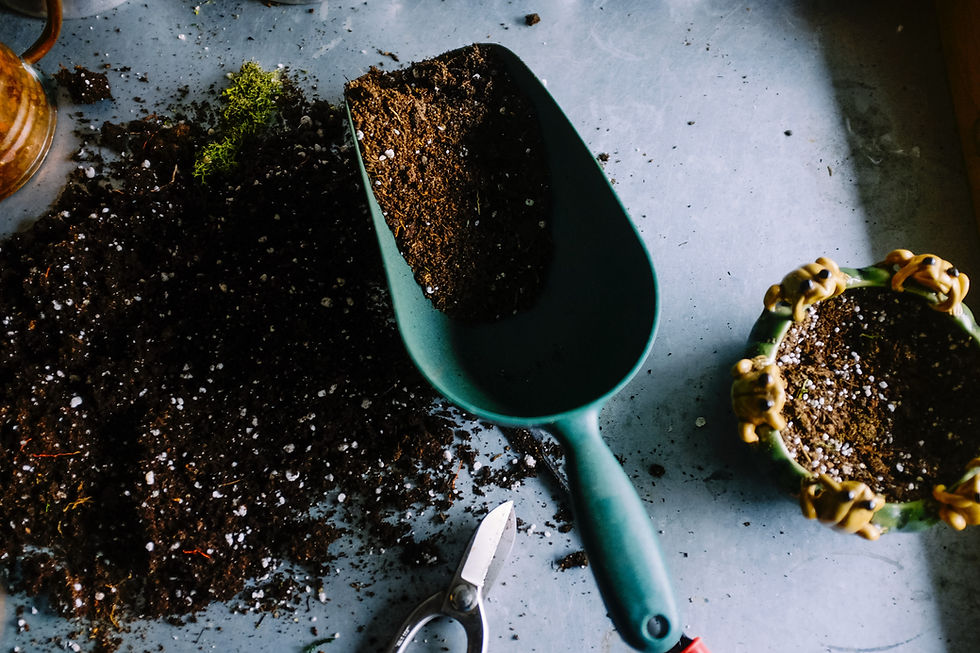What Everyone Ought to Know about Intergenerational Gardening
- poles9
- Aug 21, 2022
- 1 min read
Meagan Shedd, an assistant professor at Michigan State University, shares how to foster intergenerational connections between pre-schoolers and older adults through gardening experiences.

Intergenerational interactions have benefits for young and old alike. Studies suggest that interacting with young children can delay mental decline, lower blood pressure and reduce the risk of disease in older adults. Young children, in turn, have the opportunity to develop their communication skills and learn about local history from older adults like grandparents and “grandfriends”.
Intergenerational gardening (i.e., the act of older people passing along plant information, gardening skills, and cultural traditions to younger generations) is a particularly helpful way to support engagement across age groups.
To establish an intergenerational garden programme, educators can:
Identify clear goals: Consult participants—including both older and younger members—about their goals to create a space that benefits everyone involved.
Share expectations: Older participants may want to share their knowledge of gardening or enhance their own wellness while educators may want to increase children’s fruit and vegetable intake. Identify expectations and shared goals to avoid conflict.
Coordinate your garden location: If there is no specific elder care facility close to your childcare or kindergarten setting, consider how you can invite children’s older family members to take part in intergenerational gardening at your school.
Read to extend your knowledge: Helpful resources include the Using Plants to Bridge the Generations guide from Cornell Cooperative Extension, which provides details on plant selection and logistical considerations when starting an intergenerational garden program.
Read more about intergenerational gardening here.

Comments